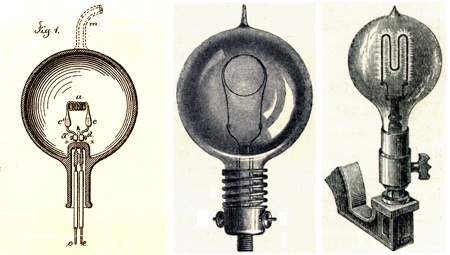Article by Eyal Weizman: “More than a decade ago, I would have found the idea of a forensic institute to be rather abhorrent. Coming from the field of left activism and critical spatial practice, I felt instinctively oriented against the authority of established truths. Forensics relies on technical expertise in normative and legal frameworks, and smacks full of institutional authority. It is, after all, one of the fundamental arts of the state, the privilege of its agencies: the police, the secret services, or the military. Today, counter-intuitively perhaps, I find myself running Forensic Architecture, a group of architects, filmmakers, coders, and journalists which operates as a forensic agency and makes evidence public in different forums such as the media, courts, truth commissions, and cultural venues.
This reorientation of my thought practice was a response to changes in the texture of our present and to the nature of contemporary conflict. An evolving information and media environment enables authoritarian states to manipulate and distort facts about their crimes, but it also offers new techniques with which civil society groups can invert the forensic gaze and monitor them. This is what we call counter-forensics.
We do not yet have a satisfactory name for the new reactionary forces—a combination of digital racism, ultra-nationalism, self-victimhood, and conspiracism—that have taken hold across the world and become manifest in countries such as Russia, Poland, Hungary, Britain, Italy, Brazil, the US, and Israel, where I most closely experienced them. These forces have made the obscuring, blurring, manipulation, and distortion of facts their trademark. Whatever form of reality-denial “post truth” is, it is not simply about lying. Lying in politics is sometimes necessary. Deception, after all, has always been part of the toolbox of statecraft, and there might not be more of it now than in previous times. The defining characteristics of our era might thus not be an extraordinary dissemination of untruths, but rather, ongoing attacks against the institutional authorities that buttress facts: government experts, universities, science laboratories, mainstream media, and the judiciary.
Because questioning the authority of state institutions is also what counter-forensics is about—we seek to expose police and military cover-ups, government lies, and instances in which the legal system has been aligned against state victims—we must distinguish it from the tactics of those political forces mentioned above.
Dark Epistemology
While “post truth” is a seemingly new phenomenon, for those working to expose state crimes at the frontiers of contemporary conflicts, it has long been the constant condition of our work. As a set of operations, this form of denial compounds the traditional roles of propaganda and censorship. It is propaganda because it is concerned with statements released by states to affect the thoughts and conducts of publics. It is not the traditional form of propaganda though, framed in the context of a confrontation between blocs and ideologies. It does not aim to persuade or tell you anything, nor does it seek to promote the assumed merits of one system over the other—equality vs. freedom or east vs. west—but rather to blur perception so that nobody knows what is real anymore. The aim is that when people no longer know what to think, how to establish facts, or when to trust them, those in power can fill this void by whatever they want to fill it with.
“Post truth” also functions as a new form of censorship because it blocks one’s ability to evaluate and debate facts. In the face of governments’ increasing difficulties in cutting data out of circulation and in suppressing political discourse, it adds rather than subtracts, augmenting the level of noise in a deliberate maneuver to divert attention….(More)”.


